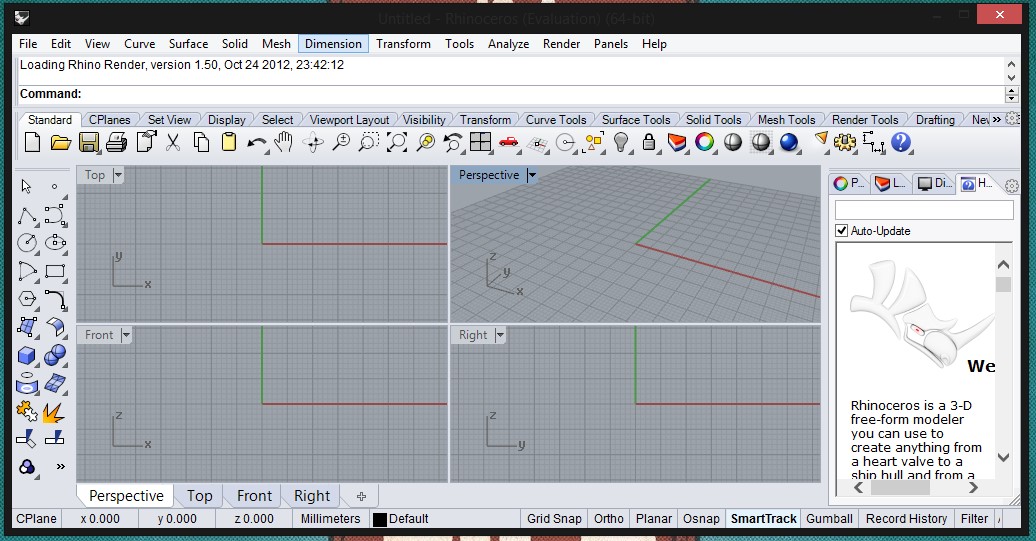
Elif Erdine, Director of the EmTech Program, said, "This collaboration with Hassell demonstrates a successful illustration of how academia and practice can come together to discover novel solutions to complex spatial and material problems. Re-emerge revives the tradition of building on Bedford Square as a collaboration between an academic programme at the AA and partners from the world of practice to test ideas at scale and imagine new possibilities.ĭr. The project addresses themes of generative design, material computation, large-scale fabrication and assembly technologies, emphasizing the pavilion's ecological impact from the early phases of the design process onwards. The Re-Emerge pavilion explores new design and construction technologies that repurpose materials that have completed their first life cycle towards innovative structural formations. Xavier De Kestelier, Head of Design at Hassell, said, “The students really took on the challenge with both hands and decided early on to build the pavilion out of timber from reclaimed wooden pallets.”

This year’s pavilion is titled Re-Emerge and is the first time since the pandemic that the students could closely work together, fabricate and assemble a full-scale structure.įor this collaboration, Hassell gave the students the challenge to keep the project's carbon footprint to an absolute minimum and therefore only use reclaimed timber. For the custom component developer, creating component logic with Grasshopper can be more straightforward especially when it comes to geometry.Īrchitectural Association (AA) Emergent Technologies & Design (EmTech) Post-Graduate Programme and Hassell in London have collaborated to create a new pavilion in Bedford Square.ĮmTech Post-Graduate Programme at the Architectural Association has a long history in designing and creating structures and pavilions. The benefit for the Tekla user is that using the new Grasshopper Component they do not need to know visual scripting to use a Grasshopper definition.

The logic is provided by any Grasshopper definition that then creates objects in Tekla Structures. Now, new custom components can also be created with Grasshopper. Until now, new custom component types have been created by anyone using the Tekla Open API or using the custom component editor within Tekla. Tekla's custom component is an intelligent object type in Tekla Structures that can be used for connections, reinforcement and other details as well as for larger parametric objects like sandwich walls or staircases.

Furthermore, this provides developers a powerful new way of creating logic for custom components in Tekla using visual scripting. This brings Tekla users the benefit of visual scripting in Grasshopper without each Tekla user needing to be exposed to the visual script itself. The new Grasshopper Component in Tekla Structures uses the Rhino.Inside technology.


 0 kommentar(er)
0 kommentar(er)
